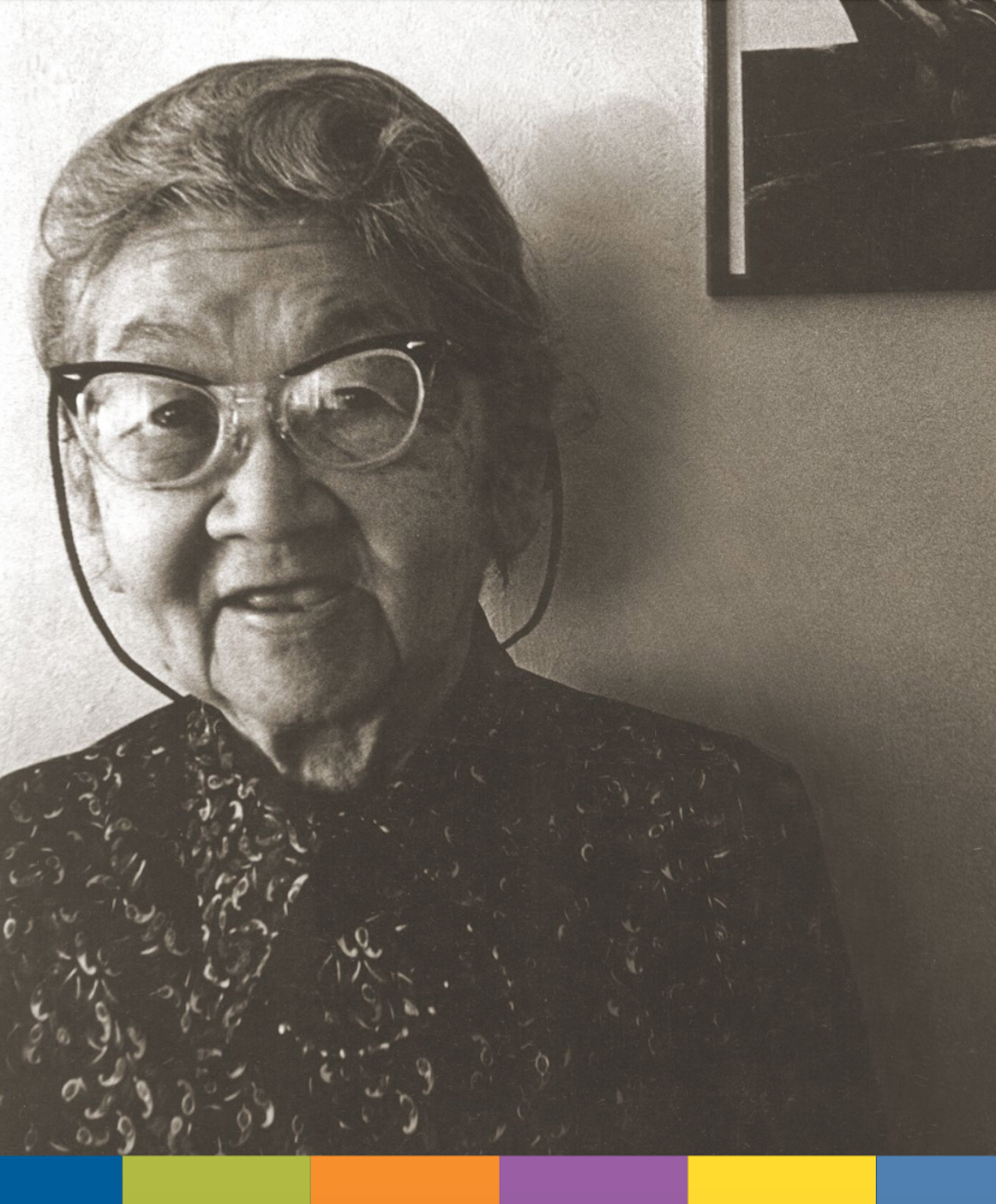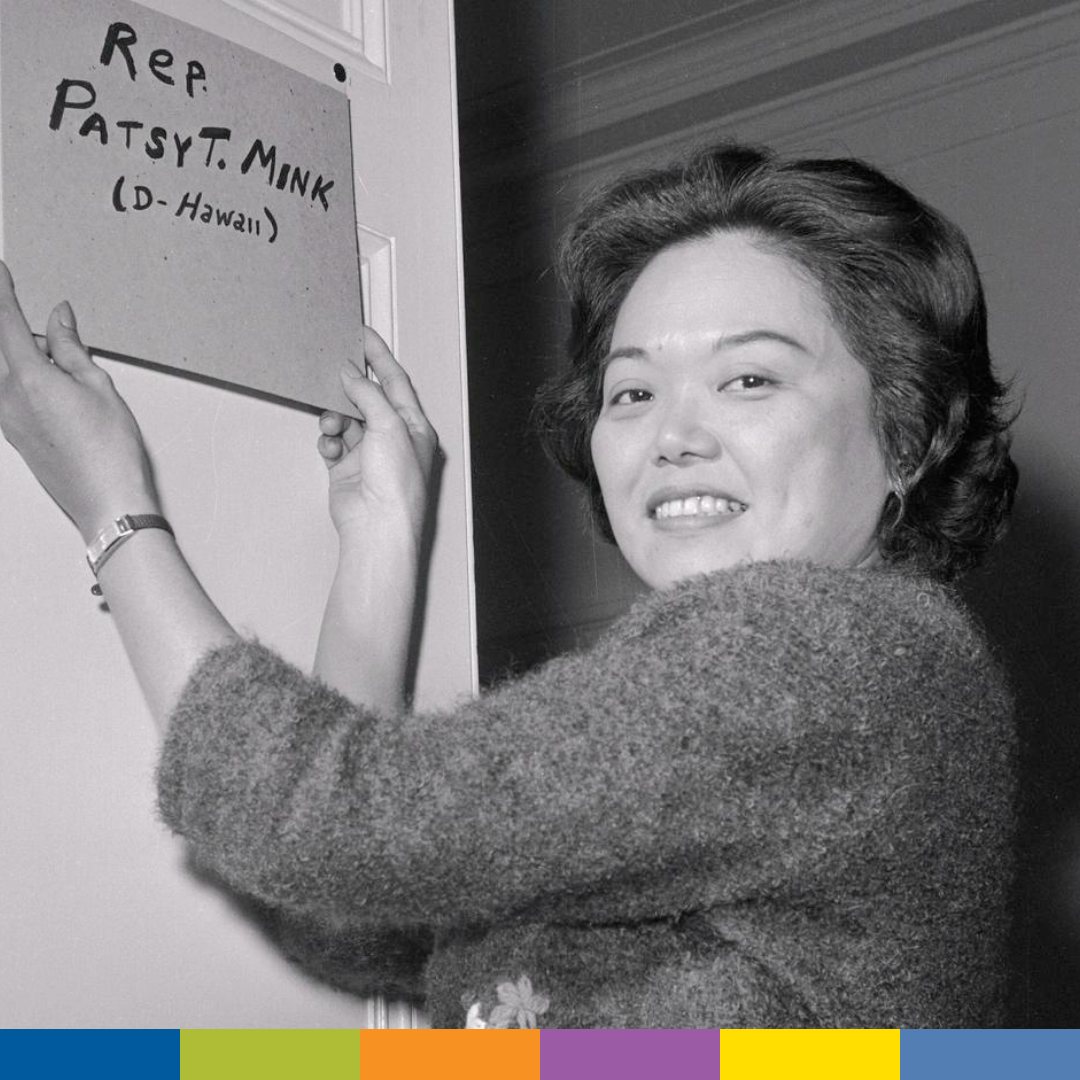Celebrating AAPI Heritage
Posted on
Happy Asian American and Pacific Islander (AAPI) Heritage Month! This month celebrates over 70 countries across the Asian continent, including East, Southeast, and South Asia and the Pacific Islanders of Melanesia, Micronesia, and Polynesia. Join us in honoring the unique journeys, cultures, and life experiences of AAPI individuals with a new series: AAPI Voices in Education!
This month, we'll be highlighting educators and individuals who were pioneers or champions in their field, and whose contributions made a positive difference for others.
 Dr. Kazue Togasaki was a pioneer for Asian American women in medicine.
Dr. Kazue Togasaki was a pioneer for Asian American women in medicine.
Born to Japanese immigrants in San Francisco on June 29, 1897, Dr. Togasaki was interested in medicine from an early age. After the Great San Francisco Earthquake of 1906 and the city-wide fire that followed, Dr. Togasaki’s family helped turn their church into a makeshift hospital, inspiring her and many of her siblings to pursue careers in medicine.
Dr. Togasaki enrolled in a nursing program at the local Children’s Hospital and finished at the top of her class, but faced racism and discrimination when searching for work. She decided to leave San Francisco and went on to earn her medical degree at the Women’s College of Pennsylvania in 1933, one of the first two Japanese-American women to earn the degree. Dr. Togasaki returned to San Francisco after graduation and started her own successful obstetrics practice.
After the bombing of Pearl Harbor in 1941, everything changed. Dr. Togasaki and her family were sent to internment camps in abysmal conditions. Dr. Togasaki was known for her bravery during these times, setting up medical facilities and leading other Japanese American medical professionals to create a safe space to provide care. In her first month at the camp, Dr. Togasaki helped deliver over 50 babies. As she was moved to several different centers, Dr. Togasaki provided care and leadership everywhere she went.
After being released in 1943, Dr. Togasaki returned to San Francisco to rebuild her practice, and continued to serve her community for over 40 years until her retirement at age 75. "I just started over again," she said. "I set up practice here in this neighborhood, and everybody was happy to see a Japanese woman doctor."
Learn more about Dr. Togasaki here.
 Patsy Takemoto Mink was the first woman of color elected to the U.S. House of Representatives and the first Asian American woman to serve in Congress.
Patsy Takemoto Mink was the first woman of color elected to the U.S. House of Representatives and the first Asian American woman to serve in Congress.
Patsy was born and raised in Hawaii, and initially showed interest in being a doctor. She graduated from the University of Hawaii in 1948 with majors in zoology and chemistry, but after sexism prevented her from being accepted to medical school, Patsy decided to apply to the University of Chicago Law School.
After graduating law school in 1951, Patsy and her husband John Mink moved back to Hawaii, where Patsy faced racism and discrimination as she searched for work. Instead, Patsy started her own law practice and became the first Japanese American woman to practice law in Hawaii. In 1956, Patsy ran for Hawaii’s House of Representatives and won, beginning a long career in politics. Patsy won a seat in the Hawaii State Senate in 1962, and in 1964, made history when she was elected to the U.S. House of Representatives as the first woman of color and first Asian American woman to serve in Congress.
During her over four decades in Congress, Patsy championed for gender and racial equity, affordable childcare, and equitable education. She is recognized as a major contributor to Title IX, the legislation that prohibits gender discrimination in any education program or activity that receives federal funding. Title IX successfully passed in 1972, dramatically changing women and girls’ access to education. In 1974, Patsy also helped pass the Women’s Educational Equity Act to further promote gender equality in schools.
Patsy said, “We have to build things that we want to see accomplished, in life and in our country, based on our own personal experiences… to make sure that others do not have to suffer the same discrimination.”
Back to Blog
